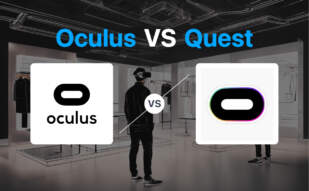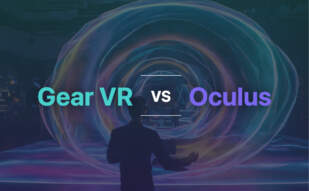When comparing VR to AR headsets, your choice pivots on usage context. VR excels in immersive gaming and simulations, making it perfect for gamers and simulation tool users. AR emphasizes overlaying digital context in a real-world view, ideal for productivity tasks, enterprise training, and hands-free operations.
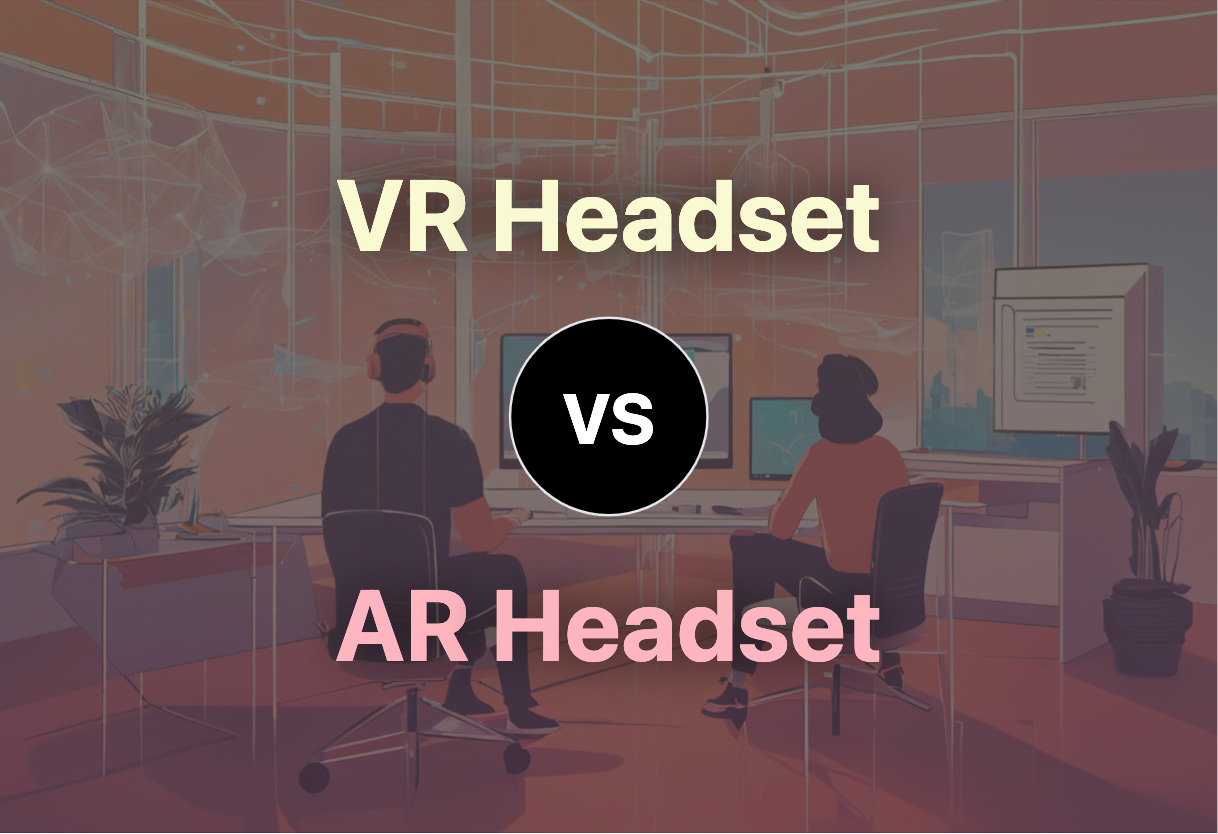
Key Differences Between VR and AR Headsets
- Tethering: VR often requires a PC connection, while AR devices like the Meta Quest 2 are typically standalone.
- Usage Context: VR is catered towards immersive experiences like gaming and simulations. AR is focused more on productivity and enterprise applications.
- Product Range: Varying models suit different use cases. VR ranges from Google Cardboard to Oculus Quest 2; AR, from Nreal Air glasses to the premium Apple Vision Pro.
- Price: Budget AR and VR options like Meta Quest 2 exist alongside premium products like Microsoft HoloLens 2 and Apple Vision Pro.
| Comparison | Virtual Reality (VR) | Augmented Reality (AR) |
|---|---|---|
| Concept Origin | 1800’s | 2010s |
| First Practical Application | 1838 Stereoscope by Sir Charles Wheatstone | Meta Quest 2 |
| Important Milestone | 1956 Sensorama by Morton Heilig | Microsoft HoloLens 2 |
| First Company to Commercialize | VPL Research in 1985 | Meta with Quest Pro |
| Mainstream Adoption | 2012 Oculus Rift Kickstarter | Nreal Air & Rokid Air AR glasses |
| Major Tech Companies Entrance | 2013 Facebook acquires Oculus VR | 2023 Apple releases Apple Vision Pro |
| Popular High-End Device | Oculus Quest 2 in 2020 | Apple Vision Pro |
What Is Virtual Reality (VR) and Who’s It For?
Virtual Reality (VR) is a technology that provides an immersive digital experience that mimics real life or creates an entirely new environment. This technology, which dates back to the 1800s with ideas like practical photography and the first stereoscope, has seen numerous advancements. Major milestones include the immortal Sensorama by Morton Heilig in 1956 and Ivan Sutherland’s first VR/AR HMD, the Sword of Damocles, in 1968, among others. It’s intended for tech enthusiasts, gamers, educators, businesses, and the general public with a focus on interactive and immersive digital experiences.

Pros of Virtual Reality
- Introduces users to immersive experiences
- Ensures high levels of interactivity
- Broadens educational and training opportunities
- Aids simulation in various fields such as medicine, architecture, and aviation
Cons of Virtual Reality
- Can cause motion sickness in certain users
- High-quality VR systems can be expensive
- Requires significant power and robust hardware for optimal usage
What Is Augmented Reality (AR) Headsets and Who’s It For?
Augmented Reality (AR) headsets are devices that overlay digital information onto the user’s real-world environment, creating a combined view. They range from standalone devices like Meta Quest 2 and Meta Quest Pro to more specialized options such as Apple Vision Pro and Microsoft HoloLens 2. These devices serve various audiences – tech aficionados, gamers, and professionals in fields like architecture, design, and industrial training.
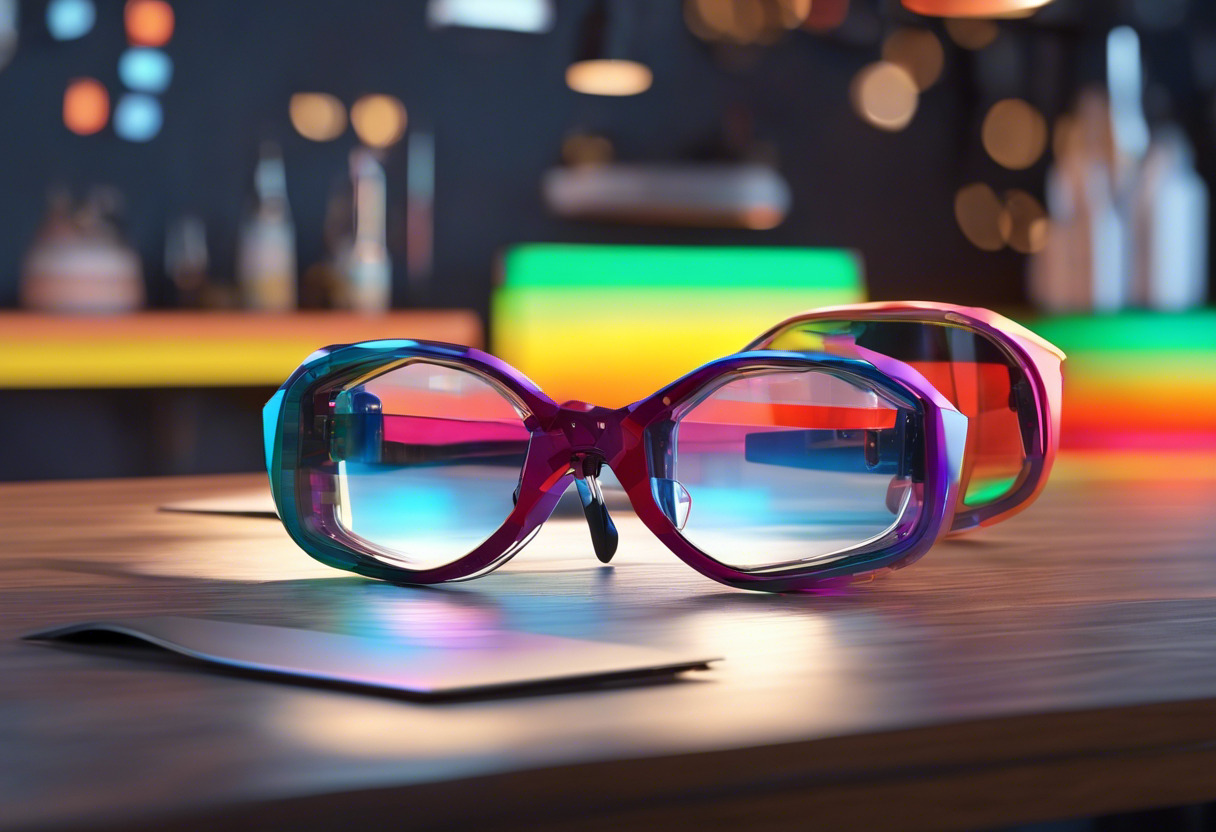
Pros of Augmented Reality Headsets
- Promotes multitasking and enhances productivity
- Enables remote collaboration and socializing
- Supports a tether-free experience, unlike some VR devices
Cons of Augmented Reality Headsets
- Premium AR headsets can be costly
- May require regular updates to align with fast-paced tech advances
- Limited content and applications in AR mode
VR Headset vs AR Headset: Pricing
The pricing of VR and AR headsets largely depends on their technical specifications and targeted user base, from affordable to high-end enterprise solutions.
VR Headset
The Oculus Quest 2, a popular VR headset received positive reviews, sold millions worldwide and is set to be replaced by an upgraded version, the Meta Quest 3. The earlier Google Cardboard and Samsung Gear VR aimed to provide a low-cost VR experience. Among the planned future releases, Apple’s Vision Pro stands out with a high-end price tag of $3,499, pitching it as a powerful spatial computer.
AR Headset
The AR headset pricing range is wide, starting from tether-free Meta Quest 2, upgradable to advanced mixed reality Pro version for $999 after a price-drop. The Microsoft HoloLens 2 is premium-priced, aimed at businesses, whereas Nreal Air & Rokid Air offer portable and light AR glasses. Additionally, Magic Leap 2 offers innovative features within its weight class. In focus towards heavy industry, RealWear Navigator 500 & Vuzix M4000, and a lighter, more affordable alternative Vuzix M400 make their mark.
So, AR or VR? What Headset Suits Your Needs?
Virtual Reality (VR) and Augmented Reality (AR) headsets have revolutionized the interaction with digital content. Let’s evaluate which technology excels to meet your requirements.
For Gamers
For immersive gaming, VR takes the cake. From Oculus Quest 2, a product born out of the rich history of VR evolution, to Apple Vision Pro, these headsets offer a comprehensive virtual realm that outpaces the gaming capabilities of current AR options.
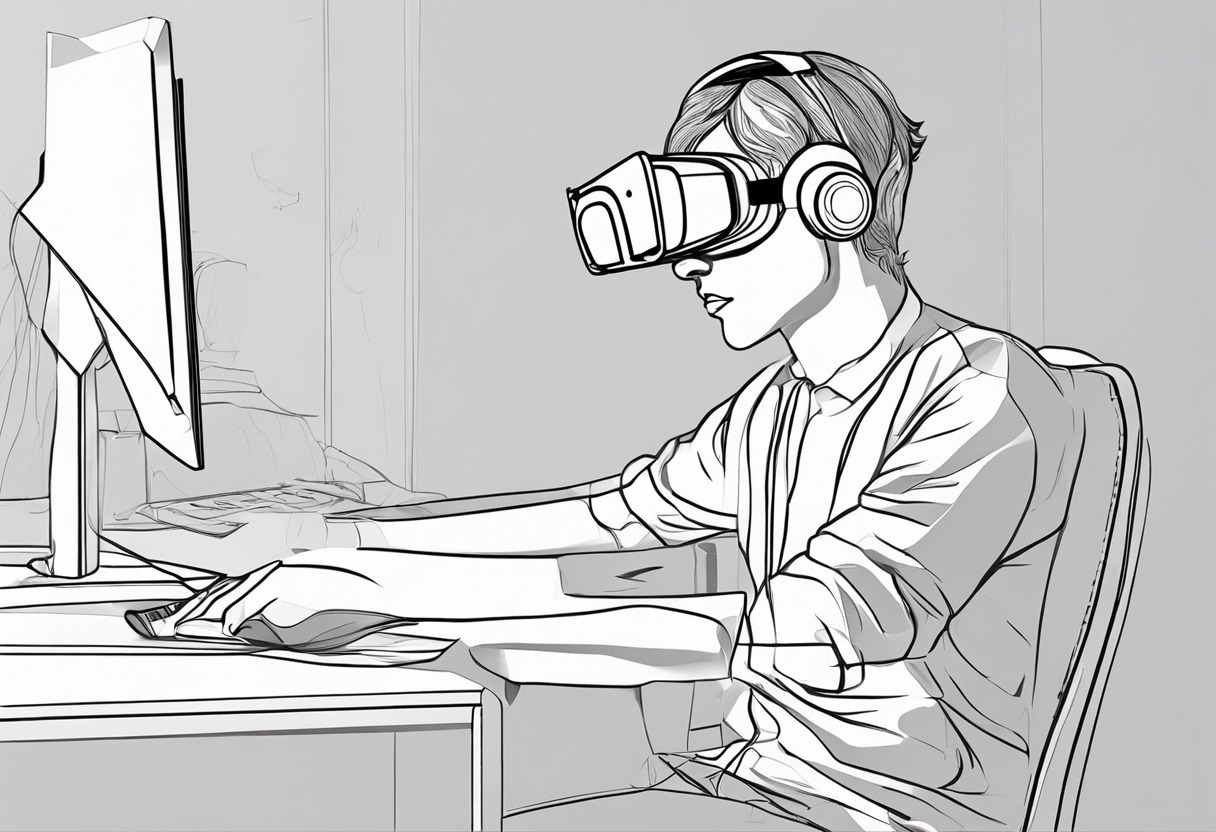
Productivity Seekers
AR holds a strategic edge for multitasking franchisers. Meta Quest 2, Apple Vision Pro, and Microsoft HoloLens 2 let you bridge the digital and physical worlds, enabling real-time data overlay, making them well-suited for professional workspaces.
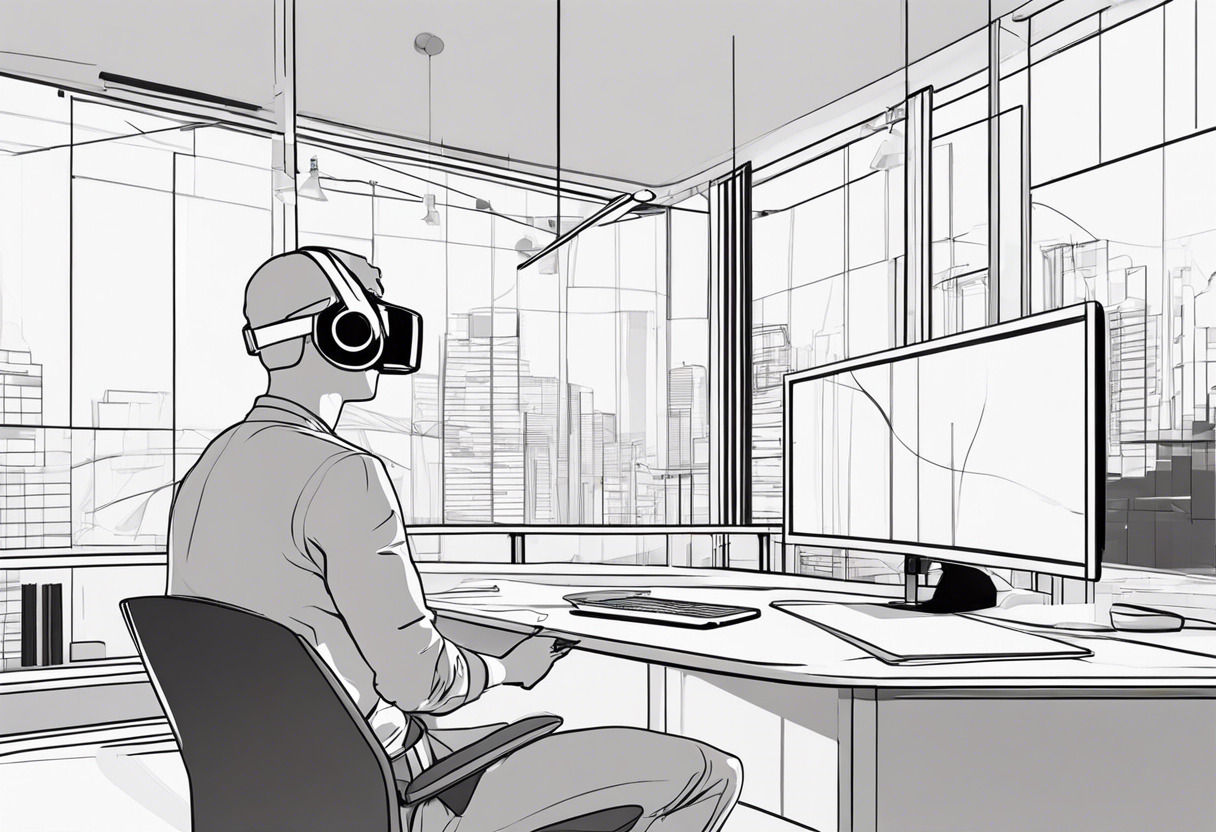
Adventurers and Explorers
AR technology, as featured in Nreal Air & Rokid Air, offers a level of portability and versatility that enables users to weave technology into regular tasks seamlessly, from tour navigation to viewing multimedia content on the go.

Industrial Efficiency Champions
The winners for industrial workspaces are the AR-powered RealWear Navigator 500 & Vuzix M4000, offering hands-free operation, voice control, and robust noise cancellation – invaluable features for frontline workers.

In the clash of VR Headset vs AR Headset, VR mesmerizes with immersive realities, best suited to gaming. AR, with its digital-data overlay on the actual world, shines for productivity and task efficiency. The verdict swings with your needs, making this rivalry more a story of cooperative coexistence than competitive confrontation.
Grant Sullivan
Content writer @ Aircada and self proclaimed board game strategist by day, AI developer by night.



